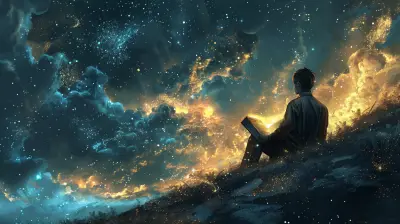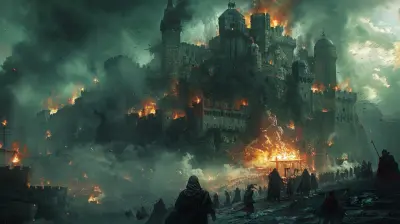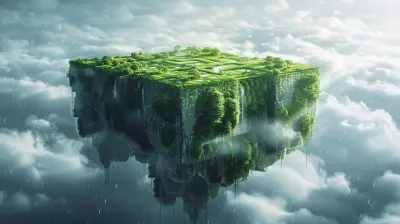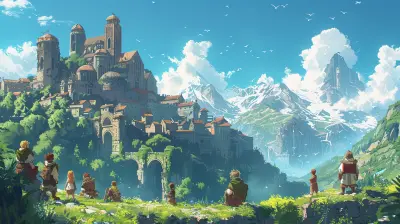The Unsettling Art of Horror Game Character Design
18 May 2025
When was the last time a game gave you goosebumps just from the look of a character? You know that feeling—you see a monster, or maybe even a grotesquely distorted human figure, and suddenly you’re gripping your controller a little tighter. That’s the magic, or rather the nightmare fuel, of horror game character design. It’s not just about making something look scary; it’s about creating an experience that lingers with you long after you’ve turned off the console.
What makes horror game characters so bone-chillingly effective? Let’s dive into the wonderfully unsettling world of horror game character design to answer that question.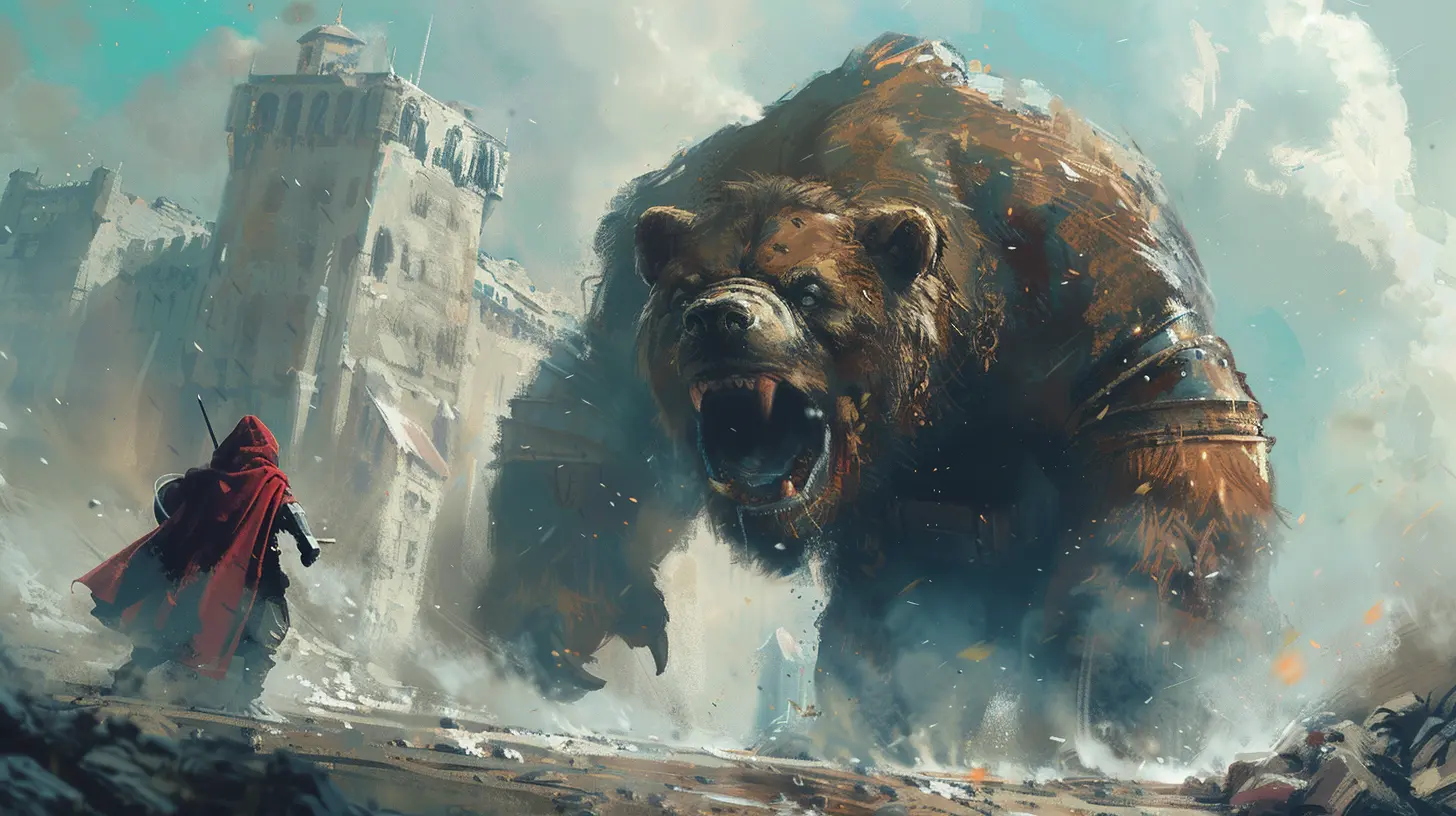
Why Horror Game Characters Matter as Much as the Story
Sure, a gripping storyline is crucial for any great horror game. But let’s be honest—what’s Silent Hill without Pyramid Head? Or Resident Evil without the grotesque, shape-shifting monstrosities? Characters in horror games aren’t just foes; they’re the stuff of your worst nightmares brought to life. They define the tension, amplify the stakes, and, in some cases, become a symbol of the entire game.Think about it: would “Five Nights at Freddy’s” be as terrifying if the animatronics looked like regular teddy bears? Nope. It’s their unsettling designs—those lifeless, dead-eyed stares and jerky animatronic movements—that haunt players long after the game is over. Horror game characters are essentially visual storytelling tools designed to unnerve, confuse, and scare you out of your seat.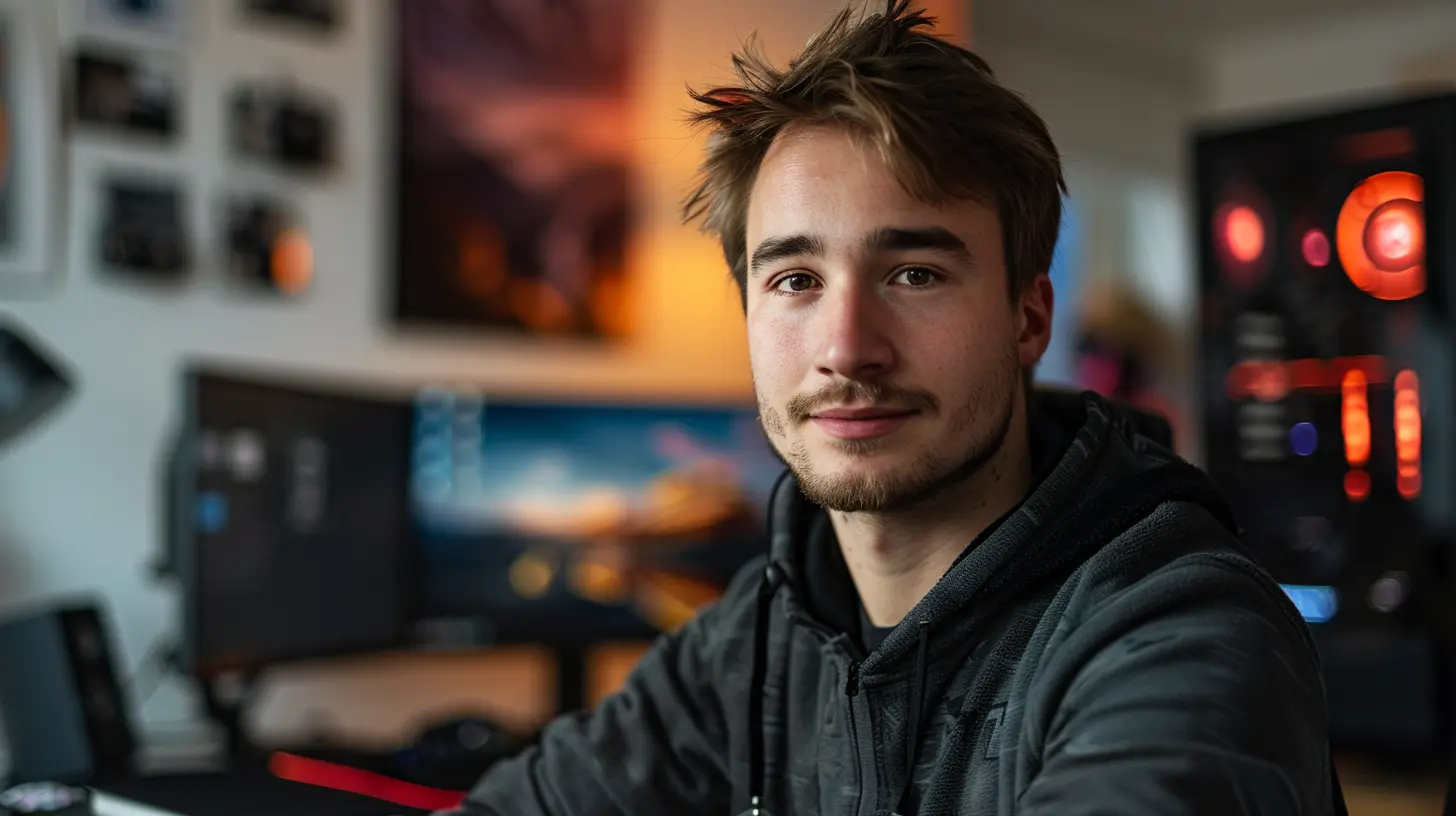
The Core Principles of Horror Game Character Design
Creating a horror game character isn’t just about slapping on some blood and fangs. It’s an art form, one that requires a deep understanding of psychology, aesthetics, and the uncanny. Here's a breakdown of the key elements that go into perfecting these digital nightmares:1. The Power of the Uncanny Valley
You’ve probably heard of the uncanny valley—it’s that eerie, uncomfortable feeling you get when something looks almost human, but not quite. Horror games love to exploit this. Why? Because our brains are hardwired to find “off” versions of familiar things terrifying.Take, for example, the enemies in “Dead Space.” The necromorphs are humanoid… but twisted. Their limbs are in all the wrong places, their faces are a grotesque mashup of features, and their movements are jerky and unnatural. This mix of familiar and alien creates an instant sense of dread.
2. Psychological Design
A horror game character isn’t just scary because of how it looks; it’s scary because of how it makes you feel. Game designers often incorporate elements that tap into universal fears—disfigurement, predatory eyes, unnerving grins, or even the absence of a face altogether.Case in point: Slender Man. Technically, he’s a very simple design—just a blank-faced man in a suit. But that facelessness? It’s horrifying because it denies you one of the most basic human instincts: reading someone’s expression.
3. Sound and Movement Matter
Sometimes, it’s not about how something looks but how it moves or sounds. Picture this: you're alone in a dimly lit hallway, and you hear faint scratching noises followed by a grotesque scuttling sound. Before you even see the monster, your heart is pounding. That’s the power of sound design combined with unsettling movement.Look at the “Lickers” from Resident Evil. They crawl on ceilings, tongues whipping around unpredictably, making you feel like prey being stalked by a predator. Their jittery, animalistic movements and guttural hisses cue your brain to freak out before your character even takes damage.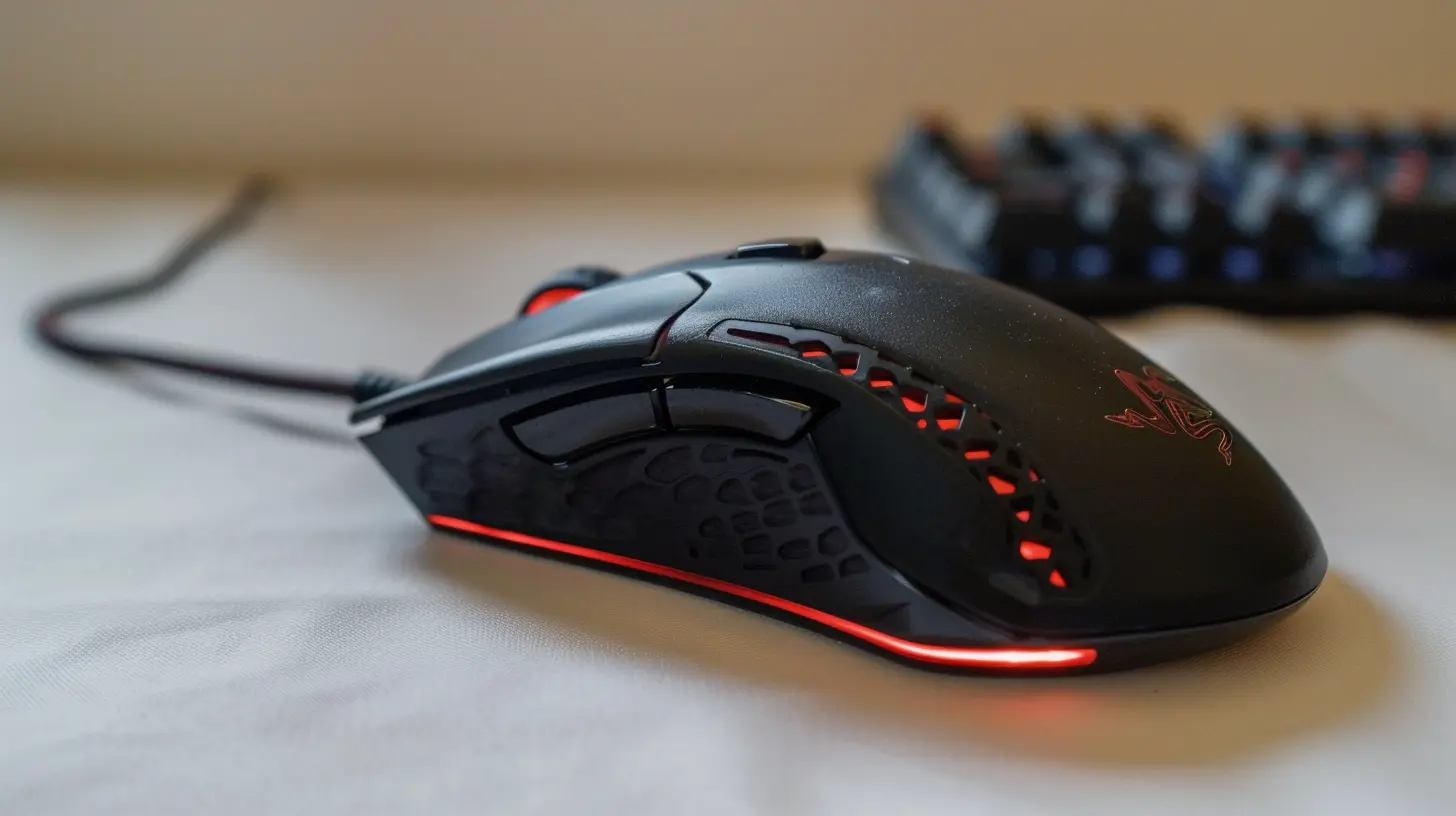
Notable Horror Characters and Why They’re Terrifying
Some characters transcend their games, becoming legendary in the horror community. Let’s take a closer look at a few iconic designs and what makes them unforgettable.1. Pyramid Head (Silent Hill 2)
You can’t talk about horror game character design without Pyramid Head. Towering and menacing, his large triangular helmet hides his face, adding an air of mystery and dread. The slow, deliberate movements of Pyramid Head are terrifying, but even more unsettling is the symbolism behind him—he represents guilt, punishment, and torment.Pyramid Head isn’t just a villain; he’s a walking manifestation of psychological trauma. And that, my friends, is next-level horror design.
2. The Animatronics (Five Nights at Freddy’s)
At first glance, these characters look like cuddly childhood mascots. But as soon as their sharp teeth, flickering movements, and dead eyes come into play, they veer straight into nightmare territory. Part of what makes them so unnerving is how their creepiness is juxtaposed with something you’d associate with innocence—a genius move by the developers.3. Lisa (P.T.)
Lisa from P.T. (the playable teaser for the canceled Silent Hills game) is a masterclass in horror design. She’s unnervingly tall and thin, with a face contorted in agony and blood dripping from her body. Her sudden, unpredictable appearances keep players on edge, and her backstory—a tragic murder victim—adds a layer of psychological horror that makes her design even more haunting.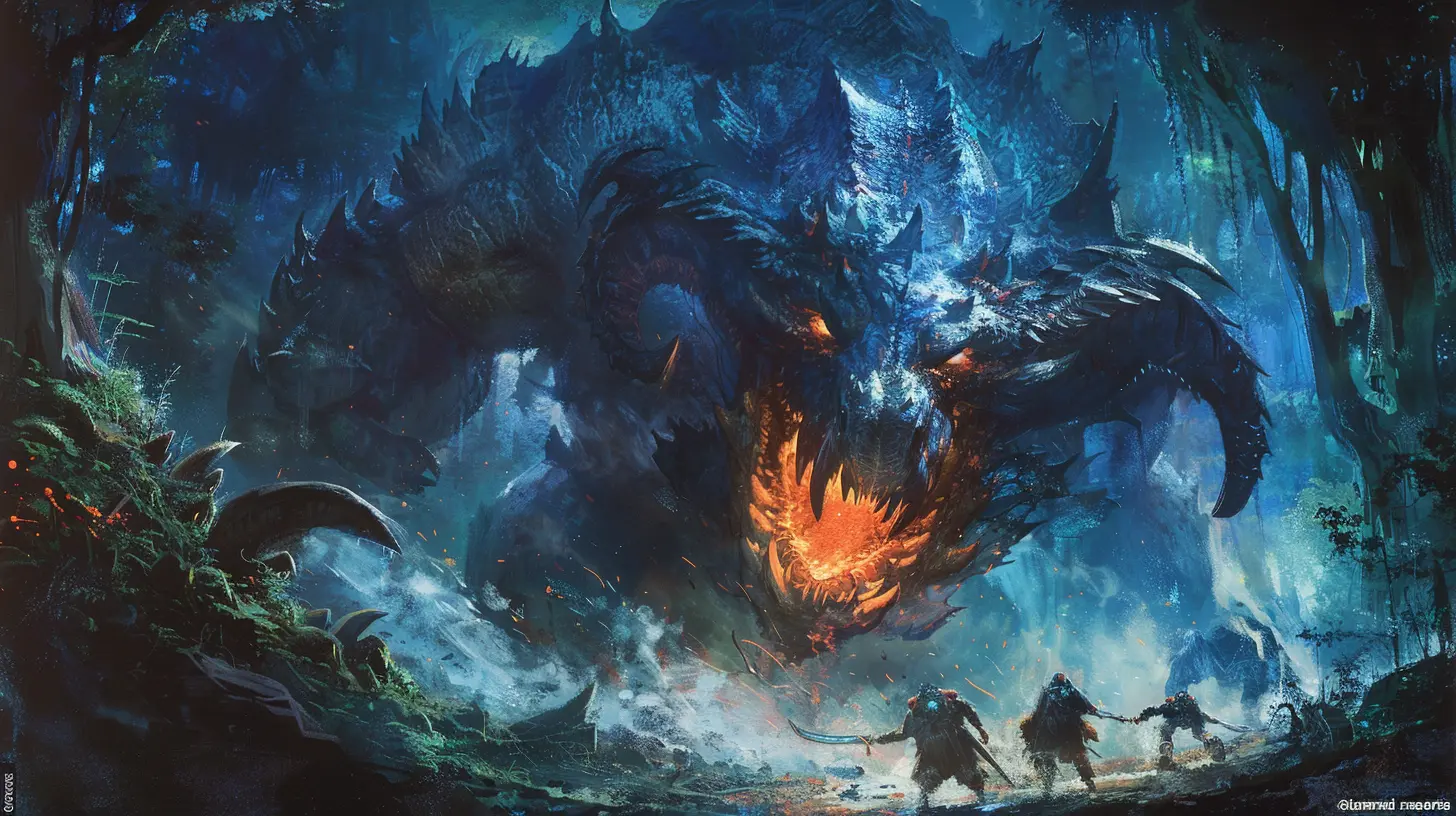
The Role of Backstory in Character Design
Let’s be real: even the scariest design can fall flat if the character lacks depth. A compelling backstory can elevate a creepy figure from "just scary" to straight-up iconic. Horror game designers know this, which is why they often give their characters rich, albeit horrifying, histories.Take the Baker family in Resident Evil 7: Biohazard. They’re not just some cookie-cutter villains. Each member of the family has a personality and a tragic, corrupted past that adds depth to their terrifying presence. You don’t just fear them; you also (strangely) pity them.
Balancing Horror and Design in Modern Games
Nowadays, horror game character design is more nuanced than ever. Thanks to advancements in technology, designers can create hyper-realistic textures, lighting effects, and even AI patterns to make characters feel more alive (or undead, in most cases).But here’s the tricky part: overdesigning can backfire. If a monster is too detailed or overloaded with features, it risks losing the subtlety that keeps players unnerved. Think about it like seasoning a dish—too much, and you ruin the balance.
Modern horror games like Amnesia: The Dark Descent have proven that sometimes, less is more. The creatures in the game aren’t always visible; their presence is hinted at through sound and environmental cues, which is arguably far more terrifying than seeing them outright.
How Horror Game Design Affects Players
Here’s something that doesn’t get talked about enough: the emotional toll of horror game characters. When you’re up against a truly horrifying enemy, your body reacts. Your heart races, your palms get sweaty, and you feel a genuine fight-or-flight response. That’s the goal of effective horror character design—to make you feel like you’re in danger, even when you’re perfectly safe on your couch.And let’s not forget the mental side of things. A well-designed horror character often sticks with players long after the game ends. That’s why icons like Nemesis, Pyramid Head, and the animatronics have become so ingrained in pop culture—they mess with your psyche in ways that leave a lasting impression.
Tips for Aspiring Horror Game Creators
If you’re an indie developer or an artist dreaming of crafting the next iconic horror character, here are some quick tips:- Start with psychology: What scares people most? Tap into those universal fears.
- Don’t overcomplicate: Simplicity often equals scarier.
- Layer in emotion: Give your character a backstory or symbolism that resonates.
- Experiment with sound: Creepy audio can sometimes outshine even the best visual design.
- Test reactions: Show your designs to others and gauge their unease factor. If they’re not squirming, it’s time to tweak.
Final Thoughts
The art of horror game character design is a delicate dance between visual terror and psychological unease. From exploiting the uncanny valley to creating rich backstories, it’s a craft that goes far beyond just making something “look scary.” The best horror characters don’t just frighten you in the moment—they crawl into your head and set up camp, leaving you questioning every shadow in your room.So next time you’re playing a horror game and find yourself too terrified to proceed—remember, that’s not a coincidence. It’s a masterpiece of design at work, pulling all the right strings to mess with your mind.
all images in this post were generated using AI tools
Category:
Horror GamesAuthor:

Greyson McVeigh
Discussion
rate this article
3 comments
Lexi Fletcher
This article beautifully captures the nuanced balance in horror game character design. It’s fascinating how these characters evoke such deep emotions, revealing our own fears and vulnerabilities. Thank you for shedding light on the artistry behind these unsettling figures; they remind us of the power of storytelling in gaming.
June 2, 2025 at 2:19 AM

Greyson McVeigh
Thank you for your thoughtful comment! I'm glad you found the exploration of character design and its emotional impact resonant. The artistry in horror truly highlights the power of storytelling in gaming.
Tempra Baker
This article brilliantly captures the unique challenges and creativity involved in horror game character design, highlighting its unsettling yet captivating nature.
May 25, 2025 at 2:47 AM

Greyson McVeigh
Thank you! I'm glad you enjoyed it and found the exploration of horror character design insightful. Your feedback means a lot!
Faenor Walker
Horror game character design plays a crucial role in creating immersive and unsettling experiences. By blending grotesque features with psychological depth, designers evoke fear and empathy, leaving a lasting impact on players.
May 22, 2025 at 2:34 AM

Greyson McVeigh
Absolutely! The intricate blending of grotesque elements with psychological depth in character design is essential for crafting immersive horror experiences that resonate deeply with players.
